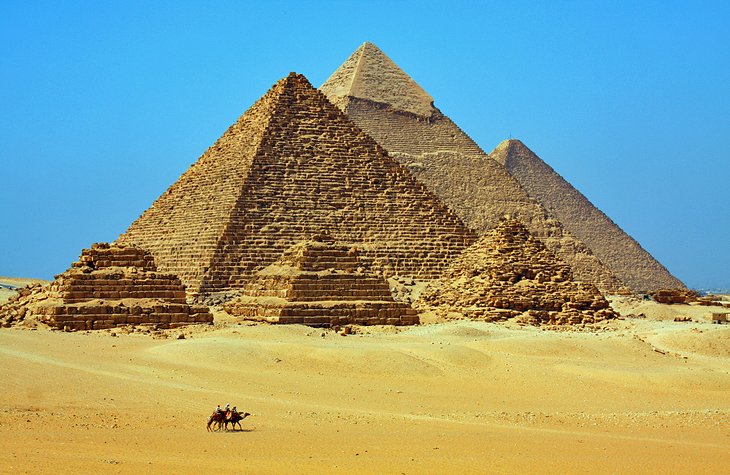Plantations International: Cultivating Sustainable Agriculture, Reducing Carbon Footprint, and Empowering Communities: Forests have been described as “the lungs of the world”. With our yield protection technologies, we work constantly to maintain the health of these lungs. Our aim is to create sustainable plantations and practices, with crops that have yield, process ability and protection “built-in” and thus need lower intervention to produce more. Whilst Plantations International is primarily a commercial agroforestry operator, we believe strongly in the conservation and regeneration of indigenous flora, fauna and habitats. The Company therefore aims to ensure that environmentally sensitive areas, such as those along the edge of rivers and wildlife corridors are planted with indigenous tree species and those habitats encouraged to regenerate.
To put this figure into perspective it is larger than the value of all gold ever mined and the global professionally managed real estate industry. A growing world population driving demand for high quality food coupled with a finite and decreasing supply of arable land means that the agricultural sector will only become more essential over time. There are three key ways investors can get exposure to the sector: by investing in funds that seek to create value by operating and enhancing the asset before exiting and realizing value; by purchasing commodity futures or directly buying and managing agricultural projects.
Food security, at the individual, household, national, regional and global levels [is achieved] when all people, at all times, have physical and economic access to sufficient, safe and nutritious food to meet their dietary needs and food preferences for an active and healthy life. Food security ought to be a priority for all countries, whether developing or developed. Although low levels of food security are commonly associated with poverty stricken countries they are also found in affluent developed countries as well. Food security rankings despite providing a decent gauge of performance are not without limitations. For example, some of wealthiest countries logically fare well in overall rankings as they have the capability and infrastructure to provide accessible, healthy food to their populations. Yet these high rankings dangerously mask their poor natural resources and resilience rank which measures food import dependency to a small degree. This raises the question, how can a country be food secure when they can be highly dependent on others for their food supply?
With offices, plantations, and representatives across Asia, Europe, and Africa, Plantations International is a multinational plantation and farm management company that specializes in providing sustainable agricultural and forestry or “agroforestry” management services for its clients. Plantations International has clients ranging from private individuals to large landholders and corporate investors. We put teamwork, innovation, and our passion for creating “Ethical & Sustainable Capital” at the heart of everything we do.
Caloric Requirements: Not only is world population growing, but its diet is changing too. As people become more affluent they start eating more food, thereby increasing the necessity for more supply. Food consumption, in terms of kcal/person per day has consistently risen throughout the world. It has increased from an average of 2,360 kcal/person per day in the mid-1960s to 2,900 currently. This growth has been accompanied by significant structural change. Diets have shifted towards more livestock products (meat and dairy), cereals (coarse grains, wheat and rice) and away from staples such as roots and tubers. Tubers include potatoes, sweet potatoes and yams. Roots include carrots and turnips. Food wastage’s carbon footprint is estimated at 3.3 billion tonnes of CO2. Developing countries suffer more food losses during agricultural production, while in middle- and high-income regions, food waste at the retail and consumer level tends to be higher.
Ecosystems will change—some species will move farther north or become more successful; others won’t be able to move and could become extinct. Wildlife research scientist Martyn Obbard has found that since the mid-1980s, with less ice on which to live and fish for food, polar bears have gotten considerably skinnier. Polar bear biologist Ian Stirling has found a similar pattern in Hudson Bay. He fears that if sea ice disappears, the polar bears will as well. Glaciers are melting, sea levels are rising, cloud forests are drying, and wildlife is scrambling to keep pace. It’s becoming clear that humans have caused most of the past century’s warming by releasing heat-trapping gases as we power our modern lives. Called greenhouse gases, their levels are higher now than in the last 650,000 years. Plantations International calls the result global warming, but it is causing a set of changes to the Earth’s climate, or long-term weather patterns, that varies from place to place. As the Earth spins each day, the new heat swirls with it, picking up moisture over the oceans, rising here, settling there. It’s changing the rhythms of climate that all living things have come to rely upon.

